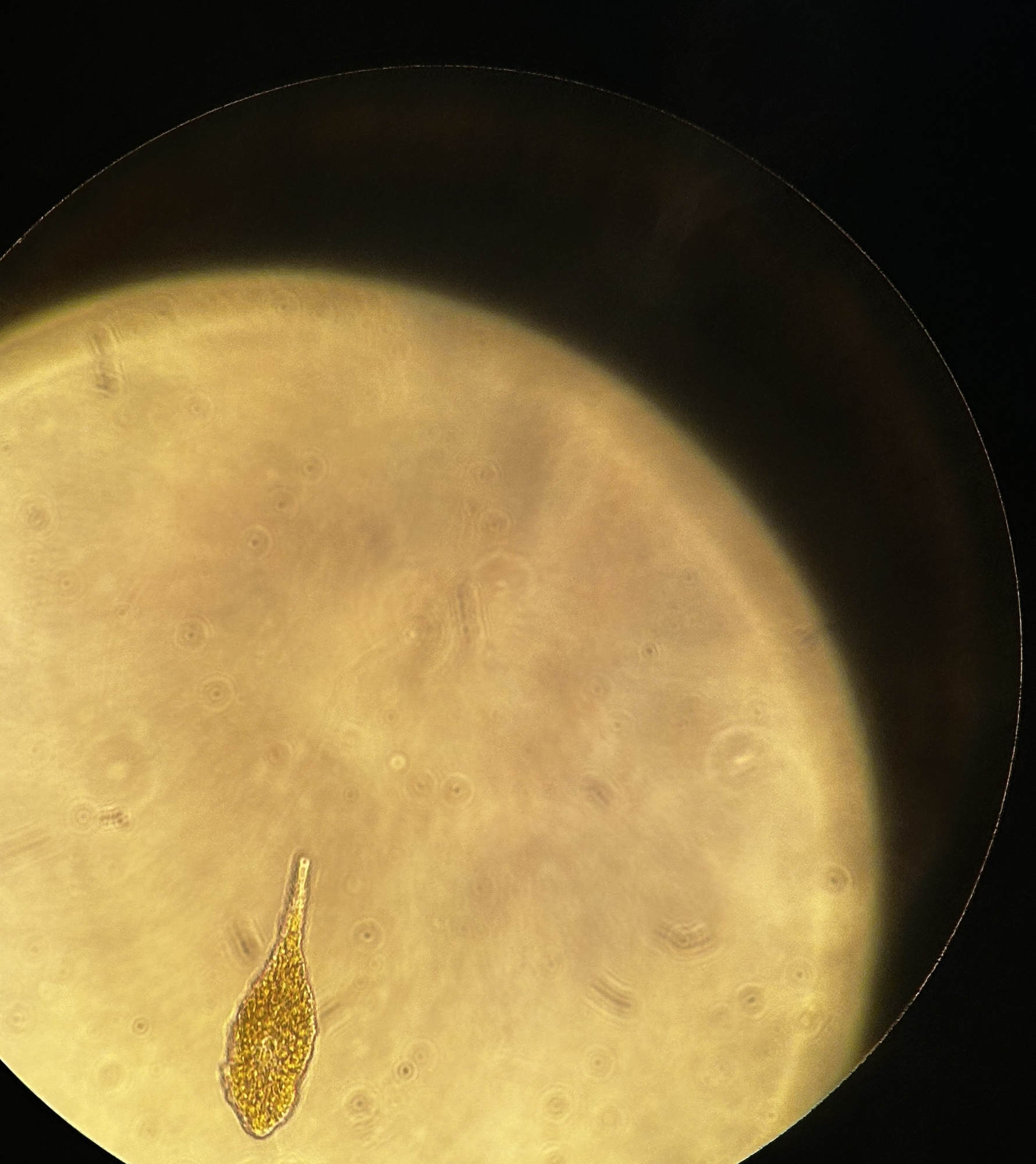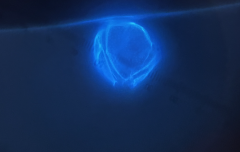Knauss legislative fellowships in Congress help build careers — and they're fun and educational. See our video and fact sheet for details.
A Living Kaleidoscope Under a Microscope
If you had told me five years ago that I would travel to Denmark to learn from some of the world’s foremost experts on harmful algal bloom identification, I would not even be able to comprehend how that would be possible.
During my second year as a master’s student at University of Maryland Center for Environmental Science, I was fortunate enough to attend the United Nations Educational, Scientific, and Cultural Organization (UNESCO) Intergovernmental Oceanographic Commission (IOC) Identification Qualification in Harmful Marine Microalgae course through University of Copenhagen in Denmark.
There, I took a two week long intensive course to identify harmful marine algae using microscopy. This was one of the toughest and most rewarding two weeks of my life thus far. The lectures and lab work were grueling as we fit an entire six months of training into two weeks. We learned the different types of harmful algae, their different toxins, how they could be harmful to the people and the ecosystem, and how to identify them down to the species using microscopy techniques.
There, I learned many great algae identification skills that I will take with me the rest of my career. Counting the algae on each microscope plate and recognizing tiny details in shape and placement was incredibly frustrating and challenging. By far, the most challenging species to identify were Gambierdiscus and Alexandrium. But watching the adorable Akashiwo species fly and twirl around the microscope plate was thrilling to watch. And I can never forget Chattonella antiqua, which looks like a tiny turkey leg you buy at Walt Disney World. This is what is most exciting about microscopy—the little world of many colors and shapes that lives in a tiny drop of water—and you are the only one to experience that little world.
The path to this opportunity was almost as complex as the algae I now study. After I graduated with a bachelor’s degree in marine science from Coastal Carolina University in 2017, I was completely and utterly enthralled with algae and more specifically, harmful algal blooms (HAB). I knew, however, that at 22, my interests and career goals changed wildly on a weekly basis. I decided that I would use this newfound freedom of no schoolwork and find what I really wanted to dedicate my life to by going into the work force. After five years in the workforce, I was still completely obsessed with harmful algal blooms and just wanted to know more. That is when I decided to go back to school, where I could learn directly from experts in the field.

I was fortunate enough to land in Dr. Judy O’Neil’s lab at University of Maryland Center for Environmental Science as a Maryland Sea Grant Fellow. It was a milestone come true. I was able to work in the field, the laboratory, and even overcome my fears of coding. But when Dr. O’Neil told me that I could apply to the HAB identification course in Denmark, I was doubtful I would be accepted but thrilled to at least compete for a spot. When I was accepted, I was overwhelmed with excitement, but I had no idea of the incredible learning experiences, adventures, and friendships that awaited me in Denmark.
Not only was I able to learn from some of the world’s leading experts through the course, I also made friends with other experts from around the world. I was also able to enjoy a little reunion on another continent with one of my closest undergraduate friends. It was amazing to be a part of a nerdy international group that came together to learn about algae. I learned so much professionally and personally from my classmates. I will never forget the fun we had around the dinner table every night, enjoying the company of the grounds cat, Gufi, and running around Tivoli after we finished the course. It was an incredible experience, and I cannot wait to reunite with the instructors and fellow students of the course.
Attending the UNESCO IOC Harmful Microalgae Identification course would not have been possible without Maryland Sea Grant, Dr. Judy O’Neil, the HPL Education Committee, the Izaak Walton Leage Eastern Shore Chapter, and the American Association of University Women Easton Branch.
Thank you to Dr. Jacob Larsen, Dr. Santiago Fraga, Dr. Nina Lundholm, and Dr. Øjvind Moestrup for teaching the course, and Danhostel Hillerod for a welcoming home and delicious meals during the course.
Top left image: Coolia tropicalis under a microscope. Photo: Shayna Keller
See all posts to the Fellowship Experiences blog



